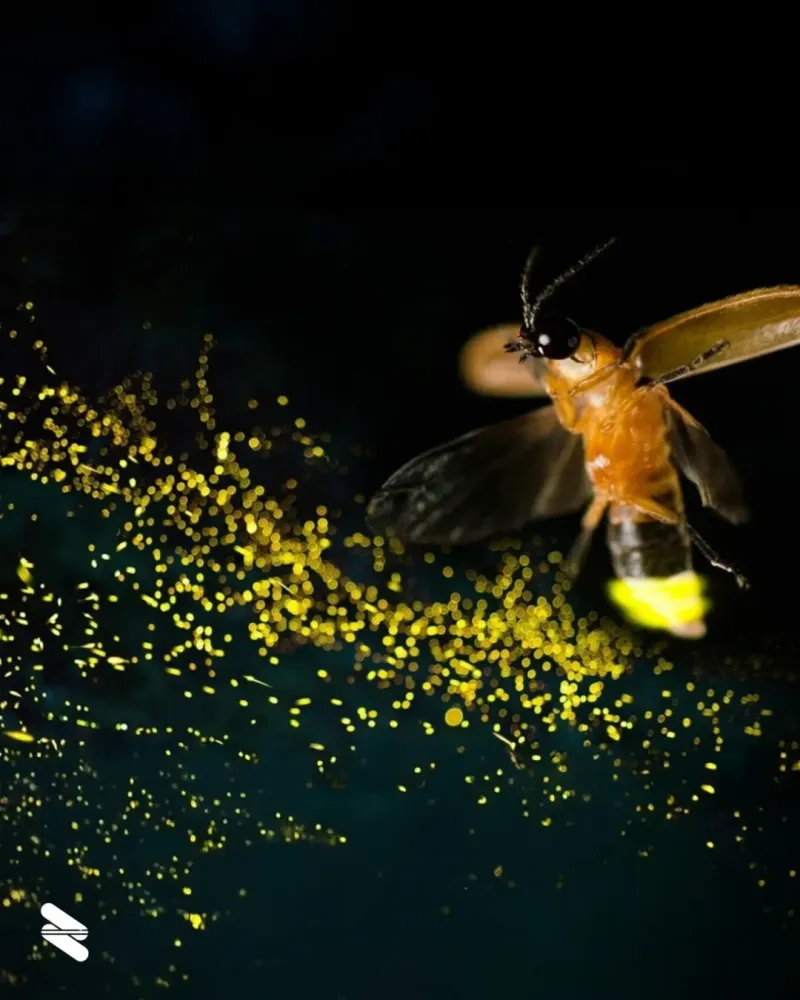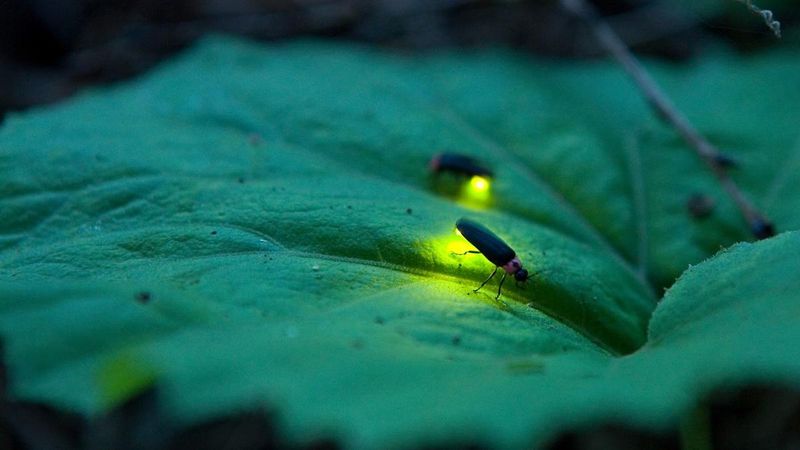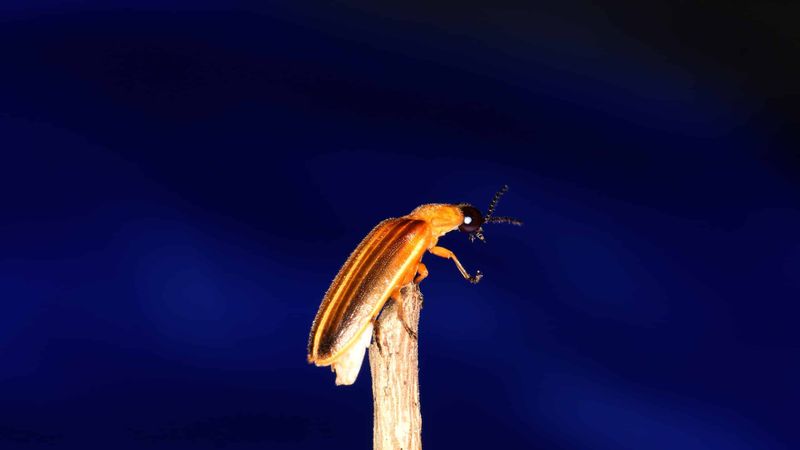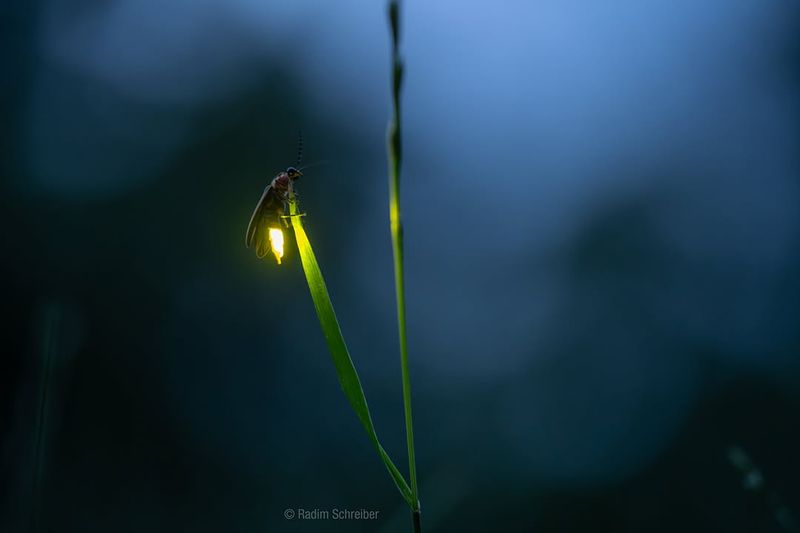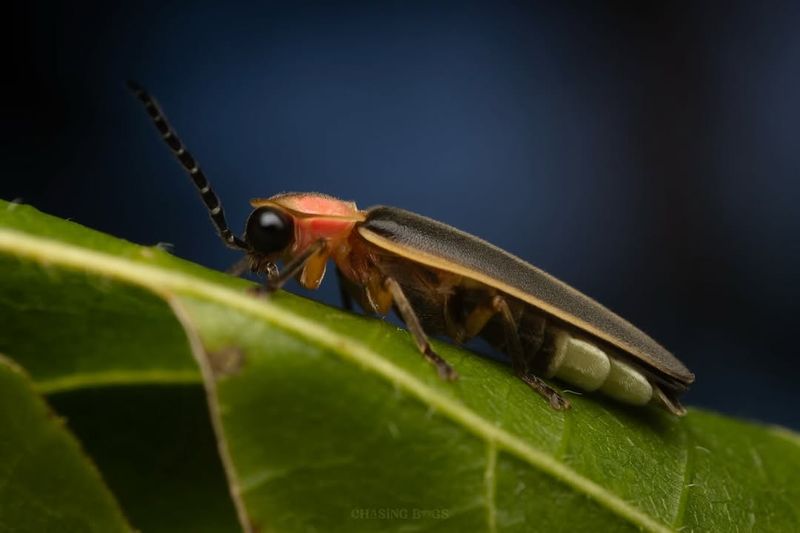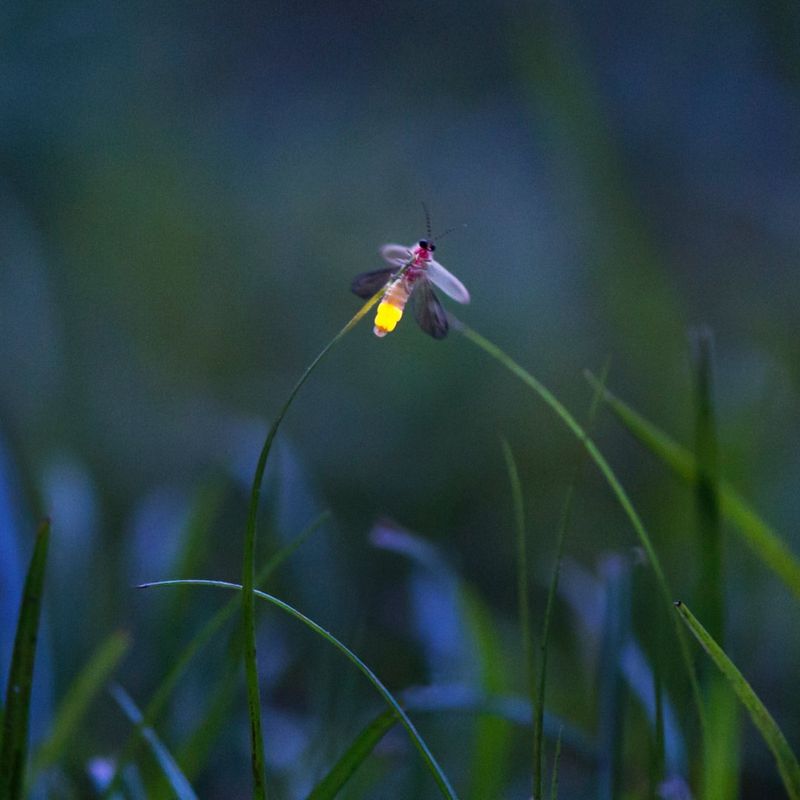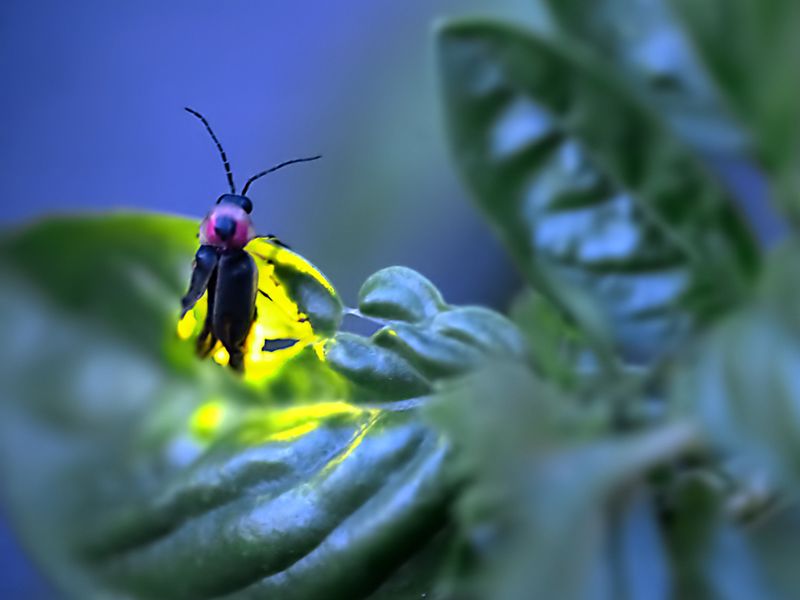The warm summer evenings in Minnesota once sparkled with the magical glow of fireflies dancing across gardens and meadows. But in recent years, these living light shows have become increasingly rare in our state’s yards and natural spaces.
Minnesota’s firefly populations are dwindling at an alarming rate, leaving many gardeners and nature enthusiasts wondering what’s happening to these beloved insects that once lit up our summer nights.
1. Increased Use Of Garden Pesticides
Chemical warfare happens right in our backyards when we spray pesticides. These products don’t discriminate between pest insects and beneficial ones like fireflies. Many Minnesota gardeners unknowingly harm firefly populations while trying to eliminate other insects.
The larvae stage is particularly vulnerable. Young fireflies live in soil and leaf litter where pesticide residues accumulate and persist for months. In my own Minnesota garden, I noticed firefly numbers dropped dramatically the year after using a popular lawn treatment.
Even products labeled as “natural” can harm these delicate creatures. The residues affect not only adult fireflies but also their food sources, creating a domino effect throughout the ecosystem that extends well beyond your garden fence.
2. Loss Of Native Plant Habitats
Natural meadows and wild areas across Minnesota have been steadily replaced by manicured lawns and non-native ornamental plants. These perfectly trimmed landscapes might look appealing to us but offer little support for firefly populations that evolved alongside native vegetation.
The tall grasses and wildflowers that once dominated Minnesota’s landscape provided ideal perching spots for adult fireflies during their mating displays. Without these structures, finding mates becomes significantly more difficult, leading to declining reproduction rates.
Walking through my neighborhood near Minneapolis, I’ve watched as diverse meadow areas have transformed into uniform turfgrass over the past decade. Each conversion means another small patch of firefly habitat vanishes from our state.
3. Excessive Outdoor Lighting At Night
Artificial light pollution has increased dramatically across Minnesota communities in recent decades. Streetlights, porch lights, and landscape lighting create a permanent twilight that confuses fireflies and disrupts their ability to communicate through their distinctive flash patterns.
The light signals fireflies use are their primary means of finding mates. When artificial lighting overwhelms these subtle natural beacons, reproduction rates plummet. Minnesota’s expanding suburbs bring more lights into previously dark areas each year.
During summer camping trips to northern Minnesota’s less developed areas, the difference is striking – fireflies still thrive where darkness prevails at night. Yet even these remote areas face increasing pressure as cabin developments bring more artificial lighting to formerly pristine habitats.
4. Climate Changes Affecting Breeding Cycles
Minnesota’s climate patterns have shifted noticeably in recent decades, with more extreme weather events disrupting the delicate timing of firefly life cycles. Unseasonable cold snaps or early heat waves can devastate populations that have evolved precise breeding schedules. Rainfall patterns matter tremendously for these moisture-loving insects.
The increasingly erratic precipitation in our state—swinging between drought and flooding—creates hostile conditions for firefly larvae that require consistent soil moisture levels to develop properly.
I’ve tracked firefly appearances in my garden journal for years, and their first emergence now varies by nearly three weeks compared to a decade ago. This unpredictability makes it harder for different firefly species across Minnesota to synchronize their brief adult phases when reproduction must occur.
5. Decline Of Moist Soil And Leaf Litter Areas
Modern yard maintenance practices have eliminated many of the damp, leaf-rich areas where firefly larvae develop. The trend toward pristine, leaf-free yards throughout Minnesota suburbs removes essential microhabitats these insects need during their longest life stage.
Firefly larvae spend up to two years developing in soil and decomposing leaf litter before emerging as the glowing adults we recognize. During Minnesota’s neighborhood cleanups, I’ve watched as countless bags of leaves are removed each fall, taking potential firefly nurseries with them.
Drainage improvements that quickly remove standing water after rain might benefit our basements but eliminate the moist soil conditions fireflies require. These seemingly small changes to our landscape management have massive cumulative effects across Minnesota’s firefly populations.
6. Reduced Availability Of Pollinator-Friendly Plants
Adult fireflies feed primarily on nectar and pollen, similar to bees and butterflies. The steady decline of flowering plants across Minnesota’s landscape means fewer food sources for these insects during their brief adult stage when they need energy for reproduction.
Community garden initiatives across Minnesota have shown promising results for firefly recovery. Last summer, a neighborhood pollinator garden in St. Paul documented increasing firefly activity after just two seasons of diverse native plantings.
The connection between plant diversity and firefly populations isn’t always obvious to gardeners. While we often plant to attract butterflies and bees, few Minnesotans realize these same flowering plants support the adult fireflies that emerge from our soil each summer, creating an interconnected web of life in our gardens.
7. Garden Practices That Disturb Firefly Habitats
Heavy tilling and soil disturbance destroy firefly eggs and larvae that live underground. Many Minnesota gardeners unknowingly disrupt these developing insects when turning soil each spring, not realizing that gentler, no-dig approaches would protect these beneficial creatures.
The timing of garden maintenance matters enormously. Early spring cleanup, when performed too aggressively before temperatures consistently warm, can expose overwintering larvae to fatal conditions. I’ve shifted to fall garden cleanup in my Minnesota yard specifically to protect these vulnerable insects.
Mulching practices can either help or harm fireflies depending on application. Thick wood mulch applied directly against plant stems creates overly dry zones unsuitable for firefly development, while lighter natural mulch spread more thinly can create the perfect moisture balance that Minnesota’s native firefly species need.


